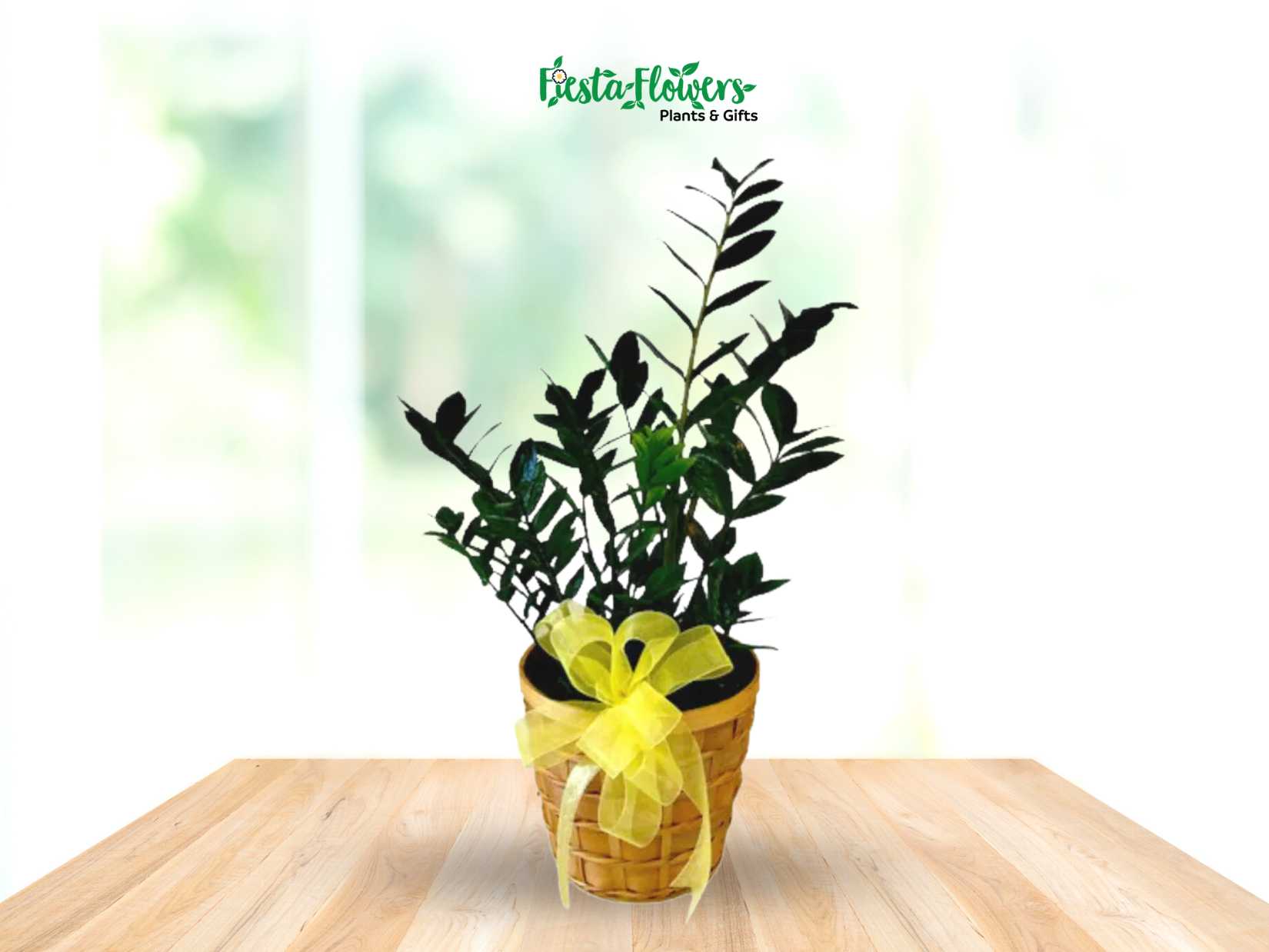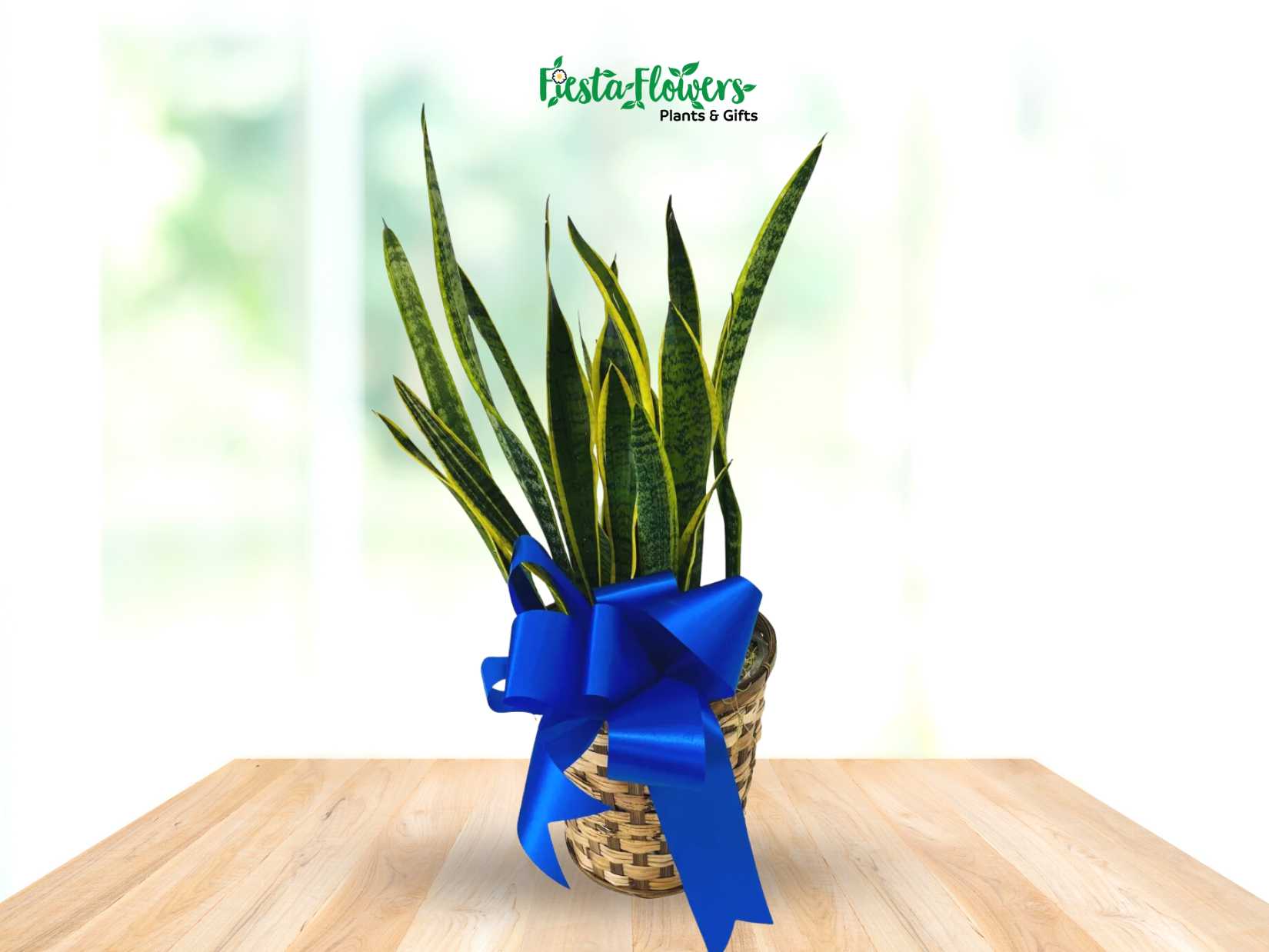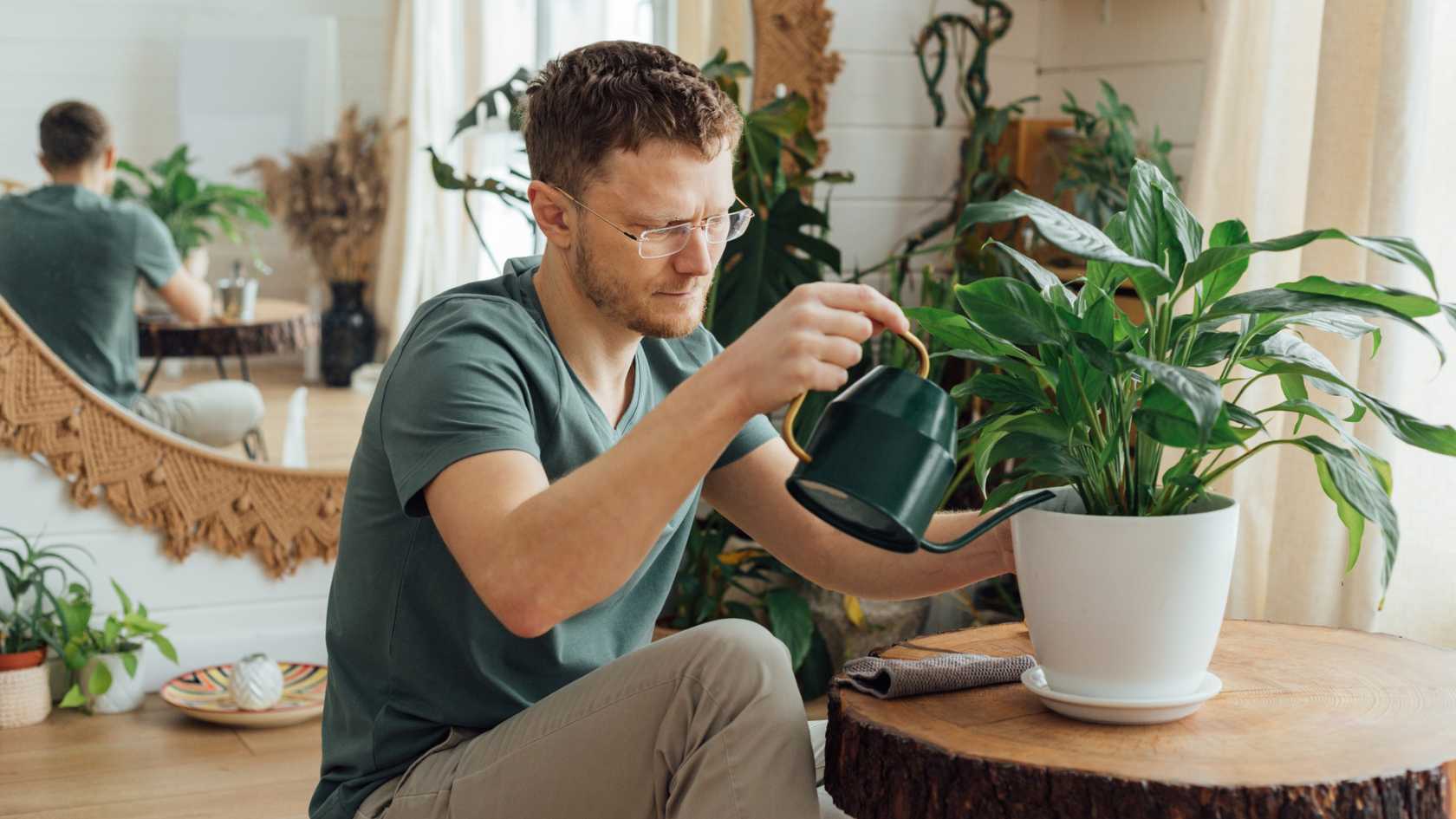Turn Your Green Thumb Dreams Into Reality: Essential Tips for Plant Parents
If the sight of lush green plants cascading from hanging planters makes your heart skip a beat, it’s time you started cultivating your thriving indoor jungle! Owning plants is not only aesthetically pleasing but can also be incredibly rewarding – after all, who doesn’t love seeing their handiwork grow and flourish? Here are essential tips for plant parenting to help you get started:

How to choose the right plant for you?
Choosing a plant is the first step to becoming a plant parent. When you're shopping for plants, there are things that you need to consider.
1. Consider the light your home receives.
Just as animals need food to survive, plants need light to thrive. Light is converted into sugar through photosynthesis, which provides the energy plants need to survive. This doesn't necessarily mean that all plants need direct sunlight; some might prefer more indirect light. Different plants require different levels of sunlight, so make sure to choose one compatible with your home's conditions.
If you're starting as a plant parent, you'll run into some light terms when reading about how to care for plants. Knowing these terms will help you choose the right plants for your space and give them the proper care.
Direct Sun or Full Sun
The plant must be in the sun's path and get at least 4 hours of direct sunlight daily.
Bright Indirect Light
The plant should be placed near a window or an indirect light indoors.
Medium or Low Light
The plant should be placed away from the window or light but not in a completely dark corner.
Full Shade
Full shade is equivalent to bright or medium indirect light.
Partial Shade
A plant that requires partial shade will do best when placed in an area with bright indirect light for most of the day and some direct sun.
2. Determine how much effort you're willing to put in
If you don't want to spend too much time tending to your plants, choose low-maintenance varieties such as
- Snake Plant
- ZZ Plant
- Cactus
- Spider Plant
These types of plants are ideal for beginner plant parents who are still learning the ropes and don't have a lot of time to dedicate to their new hobby.

3. Know your space
Be sure to measure the area where you plan to put your plant before you choose it, so you know the size will fit.
4. Consider your pets
If you have pets, make sure to choose plants that are pet friendly. Some plants are toxic to cats and dogs, so research before bringing them home.
Pet-friendly plants that you can consider include
- Snake Plant
- Peperomia
- Boston Fern
- Nerve Plant
- Haworthia Pearl Plant

5. Take note of the climate you live in
Different plants have different requirements for humidity and temperature, so make sure to choose one compatible with the environment where you live.
If you know how to increase the humidity in your home, you'll have more leeway in selecting which plants to bring in.
Humidity can be added in three easy ways.
1. A Naturally Humid Environment
2. Pebble Organizer
3. Humidifier.
How to Water Your Plants?
Different plants require different amounts of water. Some plants only need water once every two weeks. Others need water once every week, and others need water every few days.

Here are a few tips to keep in mind to ensure you're giving your plants the right amount of water.
1. Plants with many leaves tend to want to stay moist, while plants with more rigid structures need less water. If you have the luxury of time, choose plants that grow quickly and have more leaves. If you have no time for watering, choose plants with thicker leaves and stems.
2. Check the soil before watering. Stick your finger into the potting soil; if it feels dry, it's time to water.
3. Use room-temperature water. Cold water can shock a plant, so use lukewarm or room-temperature water when watering them.
4. Don't overwater or underwater your plants. If your plants are wilting or drooping, it can be a sign of either overwatering or underwatering. Pay attention to how much moisture the soil has and water accordingly.
Signs of Overwatering:
- Insects on the surface of the soil
- The bottom leaves are turning brown or yellow
- Mushy
- Musty Smell
Signs of Underwatering:
- Dry soil
- Middle or Top leaves turning brown or yellow
- Wilting Leaves
Choosing the Right Soil
Keeping your plants in suitable soil is important for their health.
1. Choose soil with good drainage: Make sure to choose a potting mix that drains well and doesn't hold too much water, or it can lead to root rot.
2. Consider adding nutrients: Mixing fertilizer or compost into the soil can help add extra nutrients to your plant and keep it healthy.
3. Use mulch: Mulching your pots with organic material such as bark chips or hay will help regulate temperature and moisture levels while creating an attractive look.
How to Choose the Right Pot?
1. Consider the size: Make sure to pick a pot that's not too small or too big for your plant; If you want a plant to get bigger, give it more space. Going up by 2 inches in diameter is a common rule of thumb.
2. Keep drainage in mind: The pot must have at least one drainage hole so excess water can escape - otherwise, your plant may suffer from root rot.
3. Pick the right material: Different materials have different properties, and each can affect your plant differently. Clay pots allow for aeration, while plastic ones are less likely to break.
Plants are a great way to brighten up any home, but it's important to choose the right plants and take proper care of them. With a little bit of research and effort you'll be able to find the perfect plant for your home!
Recent Posts
Year : 2025
Year : 2024
Year : 2023
Year : 2022
Year : 2021
Year : 2020

